| Srl | Item |
| 1 |
ID:
082084
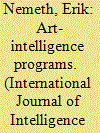

|
|
|
| 2 |
ID:
103657
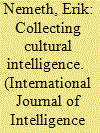

|
|
|
| 3 |
ID:
096966
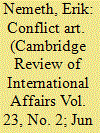

|
|
|
|
|
| Publication |
2010.
|
| Summary/Abstract |
Historically, empires recruited scholars to capture artworks as a complement to military victory. Over the past century, cultural scholars have integrated fine art and antiquities into campaigns of conquest and assessed the political ramifications of damage to historic sites and religious monuments in military intervention. Consequently, historians, archaeologists and legal scholars have advanced the role of cultural patrimony in international conflict from a rite of conquest to a means of combat. In World War II, art historians in the Nazi regime planned plunder of artworks and destruction of historic structures as a tactic for conquest. During the Cold War, archaeological discoveries in developing nations enabled looting of cultural artifacts, and subsequent legal studies on the transfer of cultural property developed the value of cultural patrimony in the covert battle for control of the Third World. Since the Cold War, as transnational organized crime and terrorism exploit antiquities trafficking and target cultural sites in acts of political violence, scholars in international relations have considered culture in security theories. Across the three periods of international conflict, cultural scholars have actively developed the tactical value of cultural patrimony and played a role in transforming the perception of plunder in the context of military victory.
|
|
|
|
|
|
|
|
|
|
|
|
|
|
|
|
| 4 |
ID:
076655
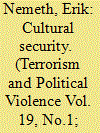

|
|
|
| 5 |
ID:
113409
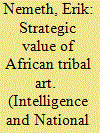

|
|
|
|
|
| Publication |
2012.
|
| Summary/Abstract |
Military engagement of insurgents risks destruction of religious monuments and historic structures, and political and economic instability that follows armed conflict enables looting of antiquities. In combination, threats to cultural structures and movable cultural patrimony compromise cultural security. This article explores the potential of the art market for open-source intelligence assessments of cultural security. A comparison of the market value of artifacts of different ethnic origins provides a measure of the risk of looting of cultural patrimony by geographic region. Intelligence assessments of the relative desirability of cultural artifacts by region of origin can inform strategic planning to mitigate looting in conflict zones and to alert security services to emerging threats of trafficking in cultural patrimony.
|
|
|
|
|
|
|
|
|
|
|
|
|
|
|
|